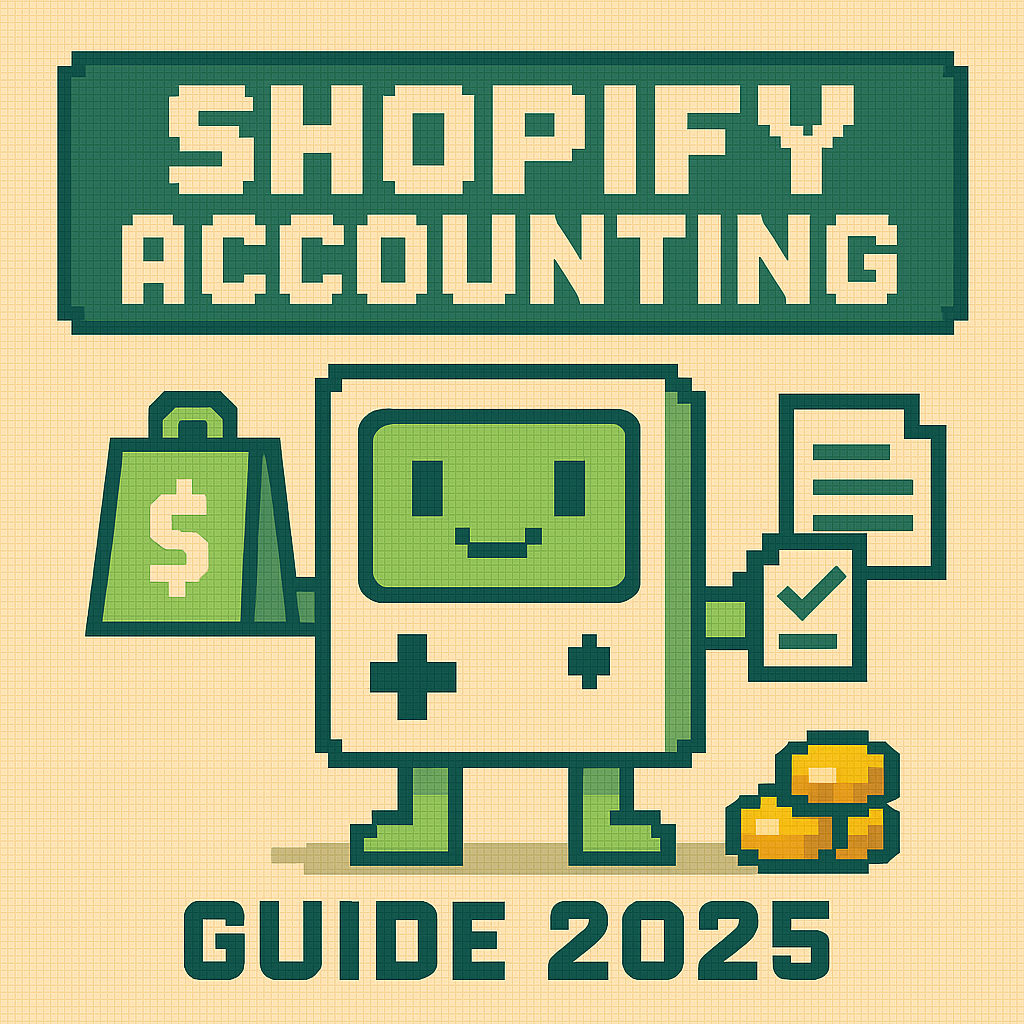Amazon FBA Bookkeeping: Complete Guide for Sellers

Amazon FBA bookkeeping involves tracking 15+ different fee types, inventory across multiple fulfillment centers, and complex settlement cycles that make traditional accounting methods inadequate. This guide provides a complete system for FBA accounting, including automation tools, FIFO inventory tracking, and weekly reconciliation processes to maintain accuracy and understand true profitability.
⚠️ Complexity Warning
Amazon FBA bookkeeping is significantly more complex than traditional ecommerce accounting. Between FBA fees, storage costs, inventory transfers, and multi-week settlement cycles, many sellers struggle to understand their true profitability.
🔍 What You'll Learn
This comprehensive guide covers the essential systems and processes needed to maintain accurate Amazon FBA accounting, from initial setup through advanced optimization strategies.
Understanding Amazon FBA Financial Complexity
Multiple Fee Structures
Amazon charges various fees that must be tracked separately:
⚠️ Fee Breakdown
- Referral fees: 8-15% of sale price
- FBA fulfillment fees: Varies by size/weight
- Monthly storage fees: $0.75-$2.40 per cubic foot
- Long-term storage fees: Additional charges for slow-moving inventory
- Removal/disposal fees: For returned or damaged items
- Advertising fees: From sponsored product campaigns
Settlement Cycle Challenges
Unlike Shopify's daily payouts, Amazon uses a 14-day settlement cycle:
⏰ Settlement Timeline
- Sales occur throughout the period
- Fees accumulate and are deducted
- Net settlement occurs every two weeks
- Timing differences complicate cash flow planning
Inventory Tracking Complexity
FBA inventory moves through multiple stages:
🔍 Inventory Journey
- Shipped to Amazon (in transit)
- Received at fulfillment center (available)
- Reserved for customer orders (unavailable)
- Fulfilled and shipped (sold)
- Returned to inventory (customer returns)
- Removed or disposed (damaged/unsellable)
Essential Chart of Accounts for Amazon FBA
Revenue Accounts
- Amazon Sales Revenue: Gross sales before fees
- Amazon Advertising Revenue: Revenue from ads clicked
- Shipping Revenue: Customer shipping charges collected
Cost of Goods Sold
- Product Costs: Manufacturing or wholesale costs
- Inbound Shipping: Costs to ship inventory to Amazon
- Prep Services: Labeling, packaging, bundling costs
- Amazon FBA Fees: Fulfillment and referral fees
Operating Expenses
- Amazon Storage Fees: Monthly and long-term storage
- Amazon Advertising: PPC campaign costs
- Removal/Disposal Fees: Inventory cleanup costs
- Return Processing: Restocking and inspection fees
Implementing Accurate Inventory Tracking
FIFO Method for Amazon FBA
Use First-In-First-Out inventory valuation to match Amazon's fulfillment process:
📋 FIFO Example
Shipment 1: 100 units at $10 each = $1,000
Shipment 2: 100 units at $12 each = $1,200
Sales: 150 units
COGS: (100 × $10) + (50 × $12) = $1,600
Recommended Software Solutions
QuickBooks Online + Bookkeep
✅ Best Overall Solution
QuickBooks Online with Bookkeep integration provides comprehensive Amazon FBA accounting automation.
🔧 Key Features: Automatic settlement processing, fee categorization, inventory tracking, and tax-ready reporting.
Alternative: Xero + Bookkeep
For international sellers, Xero + Bookkeep offers superior multi-currency support.
Weekly Reconciliation Process
⏰ Weekly Tasks
Every Monday:
- Download settlement reports from Seller Central
- Reconcile bank deposits to settlement amounts
- Review and categorize any manual adjustments
- Update inventory valuation for new shipments
- Check for stranded or unfulfillable inventory
Key Performance Metrics
🔔 Essential KPIs
- True Profit Margin: Revenue minus all Amazon fees and COGS
- Inventory Turn Rate: How quickly inventory sells
- Storage Cost per Unit: Monthly storage fees divided by units
- Return Rate: Percentage of sales that result in returns
- Advertising ROI: Revenue from ads minus ad spend
Common Mistakes to Avoid
🚨 Critical Error: Not tracking all fee types separately. This leads to inflated profit margins and poor business decisions.
🚨 Inventory Mistake: Using average cost instead of FIFO. This doesn't match Amazon's fulfillment method and creates tax complications.
Advanced Optimization Strategies
Multi-Marketplace Accounting
If selling in multiple countries, set up separate entity tracking for each marketplace:
🔍 Multi-Marketplace Setup
- Separate P&L for each country
- Currency conversion tracking
- Local tax compliance
- Inventory allocation by marketplace
Seasonal Planning
Use historical data to optimize inventory and cash flow for seasonal peaks:
⏰ Seasonal Strategy
- Plan Q4 inventory purchases in Q2
- Budget for increased storage fees
- Track velocity changes by season
- Optimize ad spend for peak periods
Implementation Roadmap
🏁 30-Day Implementation Plan
Week 1: Set up QuickBooks Online and connect bank accounts
Week 2: Configure Bookkeep integration with Amazon
Week 3: Import historical data and set up inventory tracking
Week 4: Implement weekly reconciliation process and KPI tracking
⏰ Success Metric: After 30 days, you should have complete visibility into your true Amazon FBA profitability and automated 90% of your bookkeeping tasks.





